Over the weekend, the UK press reported that UK-based infrastructure investor John Laing has suspended further investment in renewable energy projects in Europe and Australia due to losses incurred as a result of lower than anticipated wind levels in Europe and grid constraints in Australia.
The UK’s The Times reported on Friday that “Writedowns of renewable energy projects in Australia and Europe contributed to an 80 per cent slump in first-half profit at John Laing Group,” adding that the company had suffered losses of £66 million (or around AU$120,726,000) on three of its Australian renewable-energy projects.
In a statement, Olivier Brousse, CEO of John Laing Group, said, “Our operational performance in the first half was strong, however we have had a number of challenges with our renewable energy assets in Australia and Europe.”
In Australia, these were attributed to “transmission issues” on three projects, although the exact projects were not specified.
This morning pv magazine was unable to reach Blair Townsend, Managing Director of John Laing in Australia, for clarification.
The John Laing renewable portfolio
In Australia John Laing Group purchased the 179.4 MWp Finley Solar Farm from developer ESCO Pacific in November 2018. At that time, the project was expected to reach commercial operation by late 2019.
Finley is one of several solar farms affected by grid-strength issues in the Riverina district of NSW, a renewables hotspot, where John Laing also holds a 90.1% stake in the massive 255 MWp Sunraysia Solar Farm (scheduled for completion in December 2019, and which will incorporate a large-scale grid-connected battery storage system).
Finley Solar Farm —which is famously supported by one of Australia’s biggest ever power purchase agreements for 66% of its output by industrial giant BlueScope Steel — began exporting to the grid this month, with Stage 1 of the project, an equivalent of 85 MW, ready for back energisation.
This milestone was achieved after the project experienced particularly protracted negotiations for connection to the grid, with network service providers ultimately requiring that the solar farm install a synchronous condenser to help support system strength and inertia.
“To be notified abruptly towards the tail end of the connection process that you need to spend more millions of dollars on a project is a huge task for any business to absorb,” said Kate Osaze, Grid Connections Manager at ESCO Pacific (which is developing the project on behalf of John Laing), at the Clean Energy Council’s Large Scale Solar Forum in May.
In addition to Finley Solar Farm, and Sunraysia Solar Farm, John Laing also has various holdings in a number of wind farms in Australia, including: the generating 31 MW Kiata Wind Farm, and the under-construction 57.6 MW Cherry Tree Wind Farm — both in Victoria; the 309 MW Hornsdale Wind Farm in South Australia; and the under-construction 112 MW Granville Harbour Wind Farm in Tasmania.
Supporting Australia’s energy transition
In late 2018, when John Laing made its investments in Finley and Sunraysia solar farms in quick succession, Justin Bailey, APAC Regional Managing Director for the company said, “With two solar investments secured in Australia in as many months, we are underlining our commitment to the region and to socially responsible projects that support in-country ambitions.”
Recent solar-industry conferences have emphasised the mismatch between state and territory government ambitions for transitioning to a renewably sourced electricity supply; and the pace of transmission upgrade, or of innovation, that would allow efficient connection of the number and distribution of utility-scale solar and wind generators required to replace coal generation in the grid.
In March, Rystad Energy analysts forecast that at least six solar farms faced a decline in revenue of 10% or more during 2019-2020 due to transmission losses on infrastructure unsuited to bidirectional transport of electrons over large distances.
The resulting Marginal Loss Factors (MLFs) calculated by the Australian Market Operator (AEMO) showed that several utility-scale solar projects — particularly in Northern Queensland, north-west Victoria and Far West and Central New South Wales — will face higher transmission losses this financial year because generation far from load centres exceeds the carrying capacity of existing transmission lines; and transmission upgrade can take several years in planning, approval and construction.
The risk of investor retreat
Several commentators, including Simon Corbell, Chief Advisor at Energy Estate and a former Minister for the Environment in the Australian Capital Territory, have cautioned that recent gains in investor understanding and enthusiasm for renewable energy projects could be reversed by lack of national infrastructure planning, and the resulting effects of congestion on the grid.
Said Corbell at the recent Australian Clean Energy Summit, “From my perspective, one of the key questions that we need to be thinking about is the risk of an investment strike. If the MLF issue is not addressed in the short to medium term, will we see investors just too shy to invest because of the real unpredictability of the MLF regime and the compounding impact that has on the economics of projects.”
John Laing CEO, Brousse, was reported by The Telegraph in the UK as having said that the US renewable-energy sector showed opportunities, and that the industry’s long-term future in Europe looks assured as state subsidies are phased out, but that new investments in renewables in Europe and Australia had been “paused, until we understand what the future is”.
This content is protected by copyright and may not be reused. If you want to cooperate with us and would like to reuse some of our content, please contact: editors@pv-magazine.com.
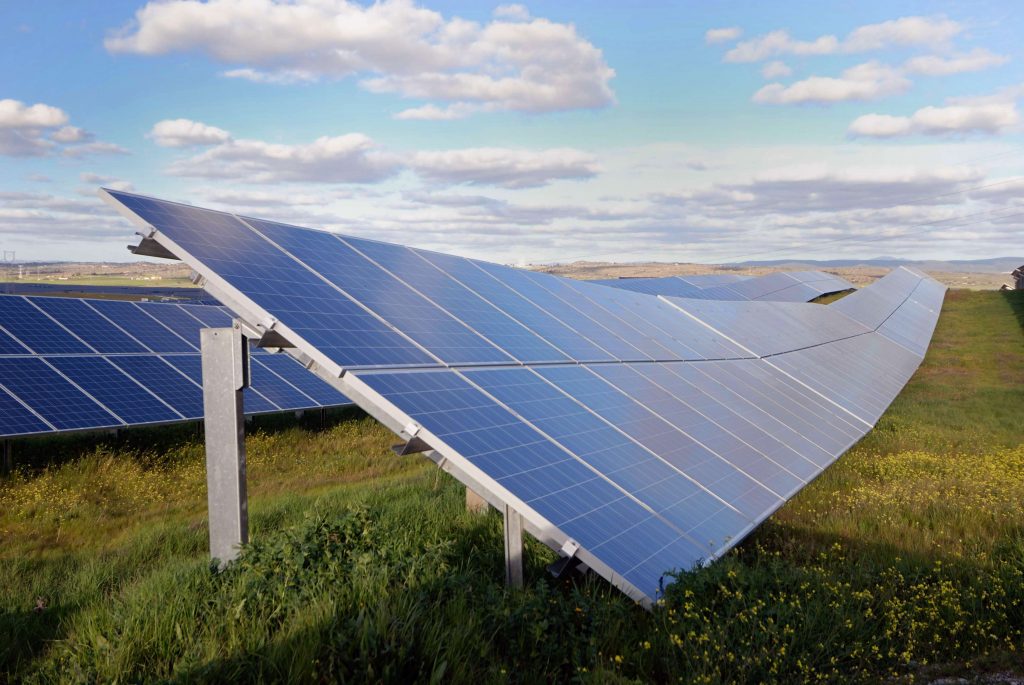
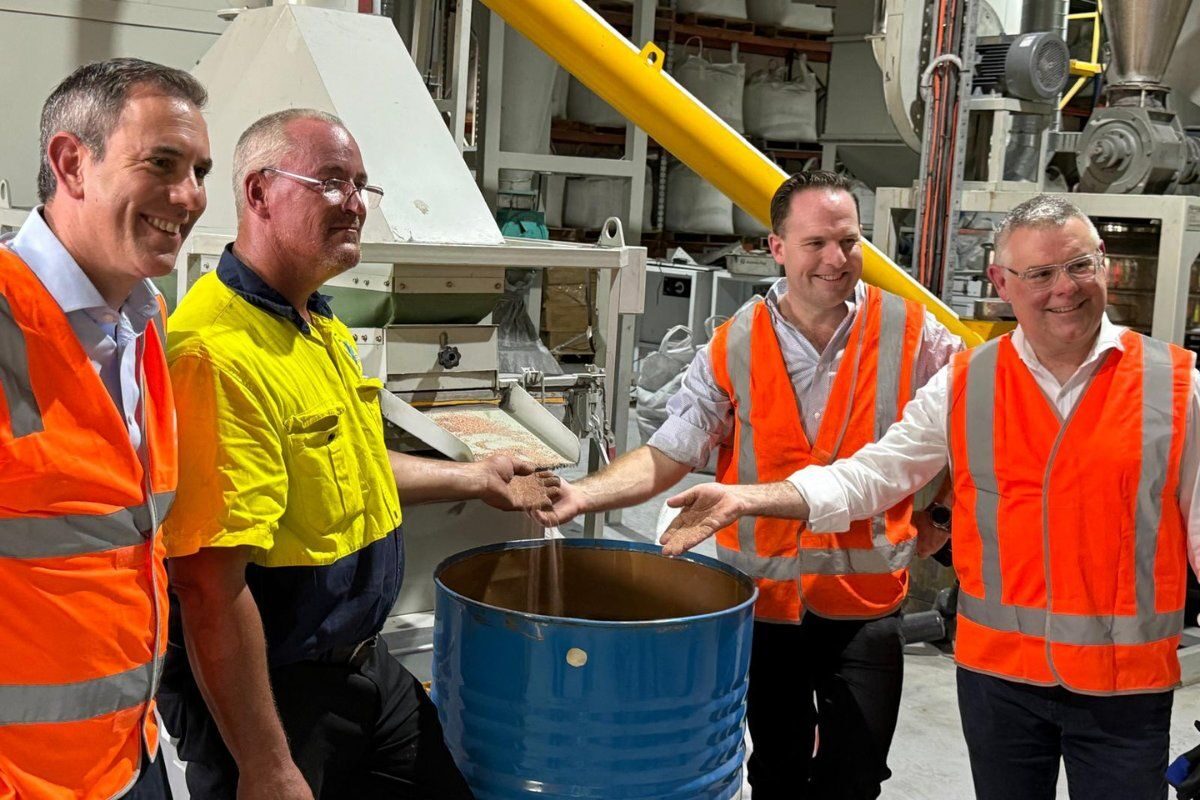


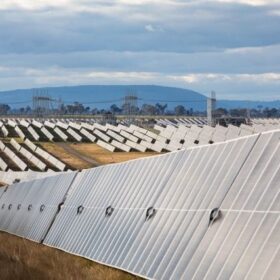
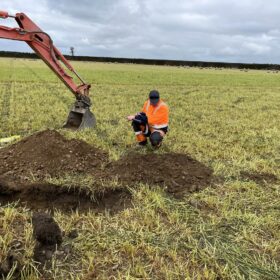
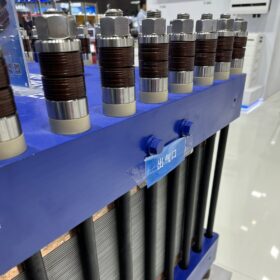
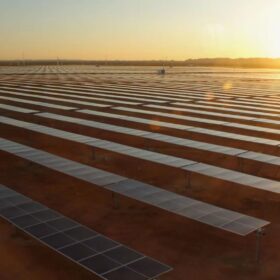

It sounds to me like this synchronous condenser is no more than rotating coils creating a charge like a spinning flywheel storage device. Not very high tech. If John Lang wants to make their assets look good to the grid operators, they need some utility scale energy storage added to the generation facility. Much better than a flywheel, better match when solar PV over generates during the day, to be saved and shifted to night time energy demands on the grid. TESLA ‘claims’ it now has the Megapack available for energy storage. TESLA says, 250MW/1GWh of energy storage on three acres in three months. John Lang should take them up on this.